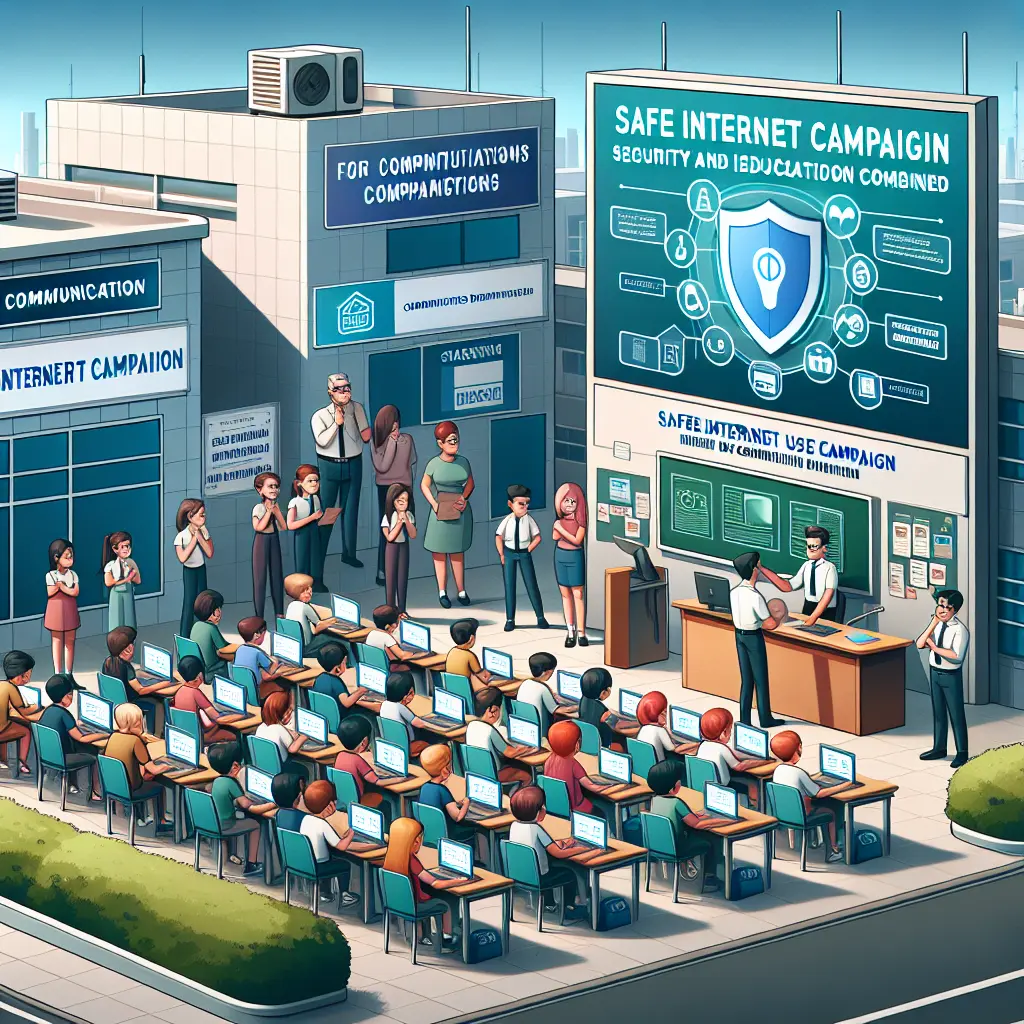In the rapidly evolving landscape of modern cybersecurity, Zero Trust Architecture has emerged as a cornerstone for safeguarding sensitive information and fortifying network security. As cyber threats grow increasingly sophisticated, relying on traditional perimeter-based defenses is no longer sufficient. The Zero Trust model, an integral part of the national cybersecurity strategy, challenges the outdated notion of trust by advocating that no entity, whether inside or outside the network, should be automatically trusted. This paradigm shift underscores the importance of robust cybersecurity best practices and a comprehensive cybersecurity framework.
Zero Trust Architecture emphasizes secure access and rigorous identity and access management protocols, ensuring that only authorized users can interact with critical systems. By implementing these principles, organizations can significantly enhance data protection and bolster their cyber defense strategies against potential breaches. In today's cloud-driven environments, where data is ubiquitously accessible, Zero Trust implementation becomes pivotal in maintaining cloud security and endpoint security.
The integration of advanced threat detection technologies and IT security solutions into the Zero Trust policy fortifies defenses against emerging threats. These measures not only manage cyber risk but also align with evolving security protocols that are essential for dynamic digital ecosystems. As organizations strive to adapt to this new cybersecurity paradigm, understanding the nuances of Zero Trust Architecture will be key to developing resilient cyber strategies.
As we delve deeper into the intricacies of Zero Trust, we will explore its practical applications and the critical role it plays in modern cybersecurity frameworks.
In today's digital era, the sophistication of cyber threats has escalated to unprecedented levels, challenging traditional cybersecurity frameworks. A major player in this evolving landscape is the Zero Trust Architecture (ZTA), which has become a pivotal component in modern cybersecurity strategies. By focusing on the principle of "never trust, always verify," this approach prioritizes secure access and robust identity and access management, significantly enhancing data protection and network security.
Zero Trust Architecture in Modern Cybersecurity: A Deep Dive into Evolving Practices and Innovations
The foundational concept of Zero Trust Architecture shifts away from the antiquated perimeter-based security models that assumed threats only came from outside the network. Instead, it acknowledges that threats can come from anywhere, even from within an organization. This shift is underscored by its adoption in national cybersecurity strategies worldwide. As noted in a recent analysis by TrendMicro, a risk-based cybersecurity approach like ZTA is crucial in proactively mitigating dynamic cyber threats. This makes Zero Trust implementation a vital part of modern cybersecurity frameworks.
Organizations are increasingly integrating Zero Trust models into their cybersecurity frameworks to manage cyber risk more effectively. For instance, Nile's innovative approach to enterprise networking leverages AI-driven Zero Trust Campus Network-as-a-Service, providing a more secure and efficient network infrastructure. This example highlights how AI and Zero Trust can work together to improve both cloud security and endpoint security.
Additionally, Binarly's breakthrough in firmware and software supply chain security emphasizes the importance of integrating advanced threat detection technologies with Zero Trust policies. By generating Cryptography Bills of Materials (CBOM) from binaries, Binarly enhances IT security solutions, offering a fortified defense against emerging threats.
The integration of Zero Trust into national cybersecurity strategies also necessitates navigating complex regulatory environments. As discussed by Jordan Rackie in Forbes, building digital trust is essential in adapting to evolving political and regulatory climates. This involves aligning Zero Trust policies with new regulations, ensuring that organizations remain compliant while maintaining robust cybersecurity postures.
Addressing AI-Driven Cyber Threats
AI's role in cybersecurity is a double-edged sword, as highlighted by Vincent Chidozie Okeke. While AI offers significant advancements in threat detection and response, it also introduces new risks such as deepfake fraud and AI-driven attacks. By integrating AI with Zero Trust Architecture, organizations can enhance their cyber defense strategies to counter these sophisticated threats.
Despite its advantages, the deployment of Zero Trust can be challenging. According to a BetaNews article, many companies struggle to fully leverage Zero Trust systems due to complexities in implementation. Gartner estimates that only 10% of large enterprises have effectively implemented a comprehensive Zero Trust model. To overcome these challenges, organizations need clear guidelines and support to streamline the process of Zero Trust implementation.
Technological advancements are key to improving the effectiveness of Zero Trust policies. For example, Dell Technologies has introduced AI-powered solutions that enhance multicloud environments and accelerate deployment processes. These innovations simplify the development of custom AI solutions, aligning with modern cybersecurity best practices and addressing IT security challenges.
While challenges remain, the continued evolution and integration of Zero Trust Architecture within modern cybersecurity frameworks present a compelling case for its adoption. By focusing on secure access, identity management, and advanced threat detection, organizations can significantly reduce cyber risk and strengthen their overall cyber defense strategies. The journey toward a fully realized Zero Trust model is ongoing, but with each technological advancement and regulatory adaptation, the path becomes clearer and more attainable for businesses worldwide.
In conclusion, the Zero Trust Architecture (ZTA) stands out as a critical component of modern cybersecurity frameworks, adapting to the ever-evolving landscape of cyber threats. Here are the key takeaways from our discussion:










Leave a Comment